North Korea Stresses Economy, Not Nukes, on 70th Anniversary
The North celebrates with a major military parade and a revival of its iconic mass games. In keeping with leader Kim Jong Un's new policies, the emphasis is firmly on economic development.PYONGYANG, North Korea—North Korea held a major military parade and revived its iconic mass games to celebrate its 70th anniversary on Sunday, but in keeping with leader Kim Jong Un’s new policies the emphasis was firmly on building up the economy, not on nuclear weapons.
The North rolled out some of its latest tanks and marched its best-trained goose-stepping units in the parade but held back its most advanced missiles and devoted nearly half of the event to civilian efforts to build the domestic economy.
It also brought the mass games back after a five-year hiatus. The games are a grand spectacle that features nearly 20,000 people flipping placards in unison to create huge mosaics as thousands more perform gymnastics or dance in formation on the competition area of Pyongyang’s 150,000-seat May Day Stadium.
The strong emphasis on the economy underscores the strategy Kim has pursued since January of putting economic development front and center.
Tens of thousands of North Koreans waving brightly colored plastic bouquets filled Pyongyang’s Kim Il Sung Square as the parade began. Residents of Pyongyang, North Korea’s capital, trained for months for the anniversary and held up the bouquets to spell out words and slogans that can be seen from the VIP viewing area.
Kim attended the morning parade but did not address the assembled crowd, which included the head of the Chinese parliament and high-level delegations from countries that have friendly ties with the North.
At the end of the two-hour event he strolled to the edge of the balcony with the Chinese special envoy, Li Zhanshu, the third-ranking member in China’s ruling Communist Party. The two held up their joined hands to symbolize the countries’ traditionally close ties, though the absence of Chinese President Xi Jinping could indicate Beijing still has some reservations about Kim’s initiatives.
Senior statesman Kim Yong Nam, the head of North Korea’s parliament, set the relatively softer tone for the parade with an opening speech that emphasized the economic goals of the regime, not its nuclear might. He called on the military to be ready to work to help build the economy.
After a truncated parade featuring tanks and some of North Korea’s biggest artillery, fewer than the usual number of missiles and lots of goose-stepping units from all branches of the military, the focus switched to civilian groups ranging from nurses to students to construction workers, many with colorful floats beside them.
The combining of military and civilian sections is a familiar North Korean parade format.
The past two big anniversaries of North Korea’s founding, in 2008 and 2013, did not feature the Korean People’s Army, only the civil defense units, which are officially called “Worker Peasant Red Guards.”
Although North Korea stages military parades almost every year, and held one just before the Olympics began in South Korea in February this year, Sunday’s parade came at a particularly sensitive time.
Kim’s effort to ease tensions with President Donald Trump has stalled since their June summit in Singapore. Both sides are now insisting on a different starting point. Washington wants Kim to commit to denuclearization first, but Pyongyang wants its security guaranteed and a peace agreement formally ending the Korean War.
With tensions once again on the rise, a parade featuring the very missiles that so unnerved Trump last year, and led to a dangerous volley of insults from both leaders, could have been seen as a deliberate provocation. The North also refrained from immediately televising the event, though North Korean media were out in force to film it, deploying booms and — for possibly the first time — drones with cameras.
“This is a big and very positive statement from North Korea,” Trump tweeted. “Thank you To Chairman Kim. We will both prove everyone wrong! There is nothing like good dialogue from two people that like each other! Much better than before I took office.”
The North did show off a battery of big artillery pieces known as self-propelled guns that could be used to threaten Seoul, South Korea’s capital. But the only types of missiles displayed were short-range surface-to-surface missiles, a surface-to-air missile and an anti-ship cruise missile.
That’s a big departure from February’s parade, when it displayed its Hwasong-15 intercontinental ballistic missile, believed capable of reaching the U.S., and a number of other formidable missiles and the erector-launchers used to fire them off from remote locations.
Pyongyang residents unable to attend at the square on Sunday lined the streets around town to cheer and applaud convoys carrying the troops after they completed the parade duties.
Soon after the anniversary celebrations end, Kim will meet in Pyongyang with South Korean President Moon Jae-in to discuss ways to break the impasse over his nuclear weapons.
The “new line” of putting economic development first has been Kim’s top priority this year. He claims to have perfected his nuclear arsenal enough to deter U.S. aggression and devote his resources to raising his nation’s standard of living.
The economic theme was also prominent in the new mass games routine, which was markedly lighter in tone and more entertaining than in previous years, when it tended to be more dramatic and overtly political.
The mass games, dubbed “Shining Fatherland,” featured everything from a display of drones flying in formation to fireworks, lasers, circus-style performances and at one point hundreds of martial artists doing taekwondo. A running commentary throughout the show pointed out the importance of following Kim’s economic and development strategy, while significantly playing down the role of the military and not once mentioning North Korea’s nuclear weapons.
The mass games performances are expected to continue for the next month or so, with tickets for foreigners starting at just over $100 and going up to more than $800 per seat.
Your support matters…Independent journalism is under threat and overshadowed by heavily funded mainstream media.
You can help level the playing field. Become a member.
Your tax-deductible contribution keeps us digging beneath the headlines to give you thought-provoking, investigative reporting and analysis that unearths what's really happening- without compromise.
Give today to support our courageous, independent journalists.
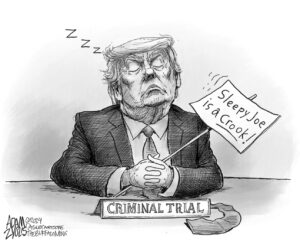
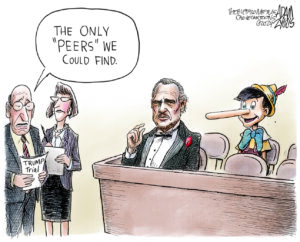
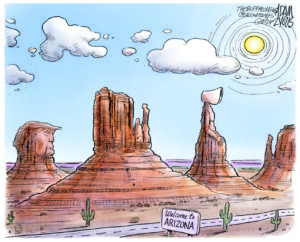
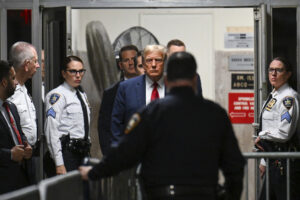
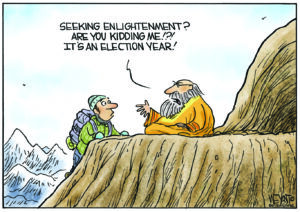
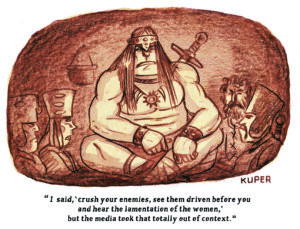
You need to be a supporter to comment.
There are currently no responses to this article.
Be the first to respond.